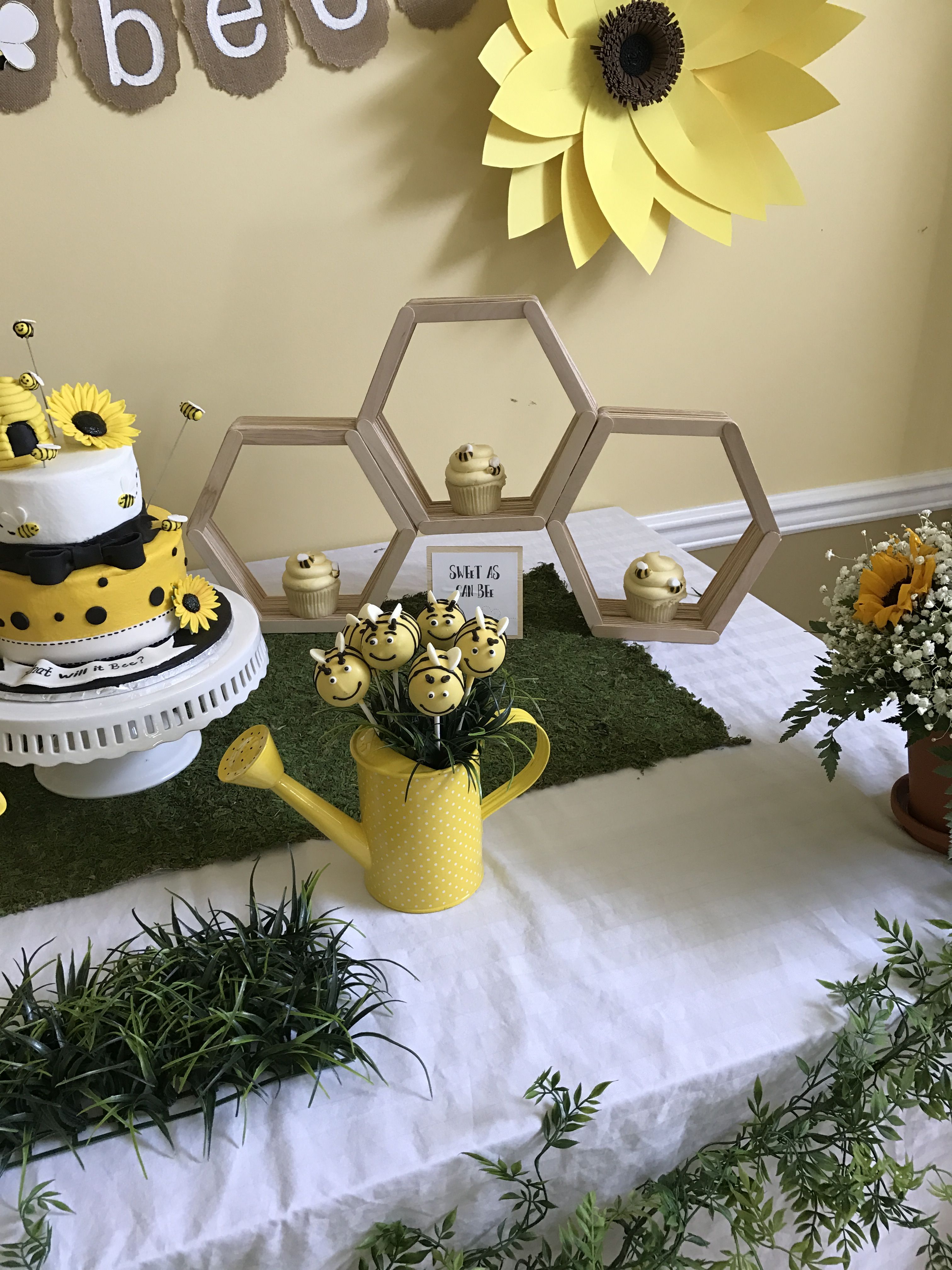Christmas Lights: Why We Illuminate Our Homes

Christmas lights have become synonymous with the holiday season, evoking images of cheer, warmth, and the festive spirit that permeates the streets worldwide. But have you ever stopped to wonder why we go through the effort of stringing lights on our houses, trees, and gardens each December? Let's delve into the history, psychology, and the evolution of this tradition, exploring why Christmas lights illuminate not just our homes but also our hearts.
The History of Christmas Lights


The tradition of lighting up for Christmas dates back centuries, long before Thomas Edison invented the electric light bulb:
- Candles on Trees: In the 17th and 18th centuries, people used candles to adorn their Christmas trees, a practice that symbolized the light of Christ and the light that Jesus brings into the world.
- Yule Logs: Before tree lights, the Yule log burned brightly in hearths, bringing warmth and light during the darkest months of the year. It was a tradition rooted in pagan winter solstice festivities.
- First Electric Christmas Lights: In 1882, Edward H. Johnson, one of Edison’s partners, created the first known electric Christmas lights, stringing together 80 red, white, and blue bulbs on his tree.
🔔 Note: Early attempts to use candles on trees were fire hazards, necessitating the development of safer lighting alternatives.
Psychological Impact of Lights


There’s a scientific reason behind the happiness and sense of nostalgia we experience when we see Christmas lights:
- Happiness and Joy: Research has shown that light triggers the release of serotonin in the brain, which elevates mood. The sparkle of lights can actually make people feel happier.
- Reduce Winter Blues: With shorter days and less sunlight in winter, lights can help combat seasonal affective disorder (SAD) by simulating the natural light we miss.
- Community and Bonding: Decorating with lights fosters a sense of community as neighbors compete and admire each other’s displays, strengthening social bonds.
Technological Advances in Christmas Lights

| Era | Lighting Innovations |
|---|---|
| 19th Century | Candles and oil lamps |
| Early 20th Century | Incandescent light bulbs |
| Mid-20th Century | Plastic tubing for outdoor use |
| Late 20th Century | LED lights, reducing energy consumption |
| 21st Century | Smart lights, color-changing options, and customizable displays |

💡 Note: LED lights not only look brighter and last longer but also significantly reduce electricity costs compared to traditional incandescent bulbs.
Symbolism and Tradition


Christmas lights hold deep symbolic meaning:
- Light Overcoming Darkness: This symbolizes the triumph of good over evil, and for Christians, the coming of Jesus, the light of the world.
- The Star of Bethlehem: The tradition of placing lights at the top of trees or in windows mimics the star that led the wise men to Jesus.
- Christmas Spirit: For many, the warm glow of lights embodies the spirit of Christmas—love, generosity, and celebration.
How to Choose and Use Christmas Lights


Here’s a quick guide on making the most out of your Christmas lighting:
- Evaluate Your Space: Consider the size of your home and tree when choosing the number of lights. Typically, aim for 100-300 lights per vertical foot of tree height for indoor decor.
- Choose Your Lights: LED or incandescent? Energy efficiency or traditional warm glow? Consider durability, color, and the type of lighting (e.g., icicle, string, net lights).
- Safety First: Use outdoor-rated lights for exterior displays, check for damage, and use proper extension cords designed for outdoor use.
- Get Creative: Beyond the tree, decorate outdoor structures, shrubs, and even indoor spaces like staircases or windows for a comprehensive festive effect.
In this season of joy, the tradition of illuminating our homes with Christmas lights does more than add to the visual appeal. It's a tradition steeped in history, science, and symbolism, creating a bridge between the past and present, and fostering community spirit. Whether it's the simple charm of a single lighted wreath or the grandeur of a fully animated light show, these lights bring us together, remind us of cherished memories, and kindle a sense of hope and celebration. So, as you untangle your strands of lights, remember that you're not just decorating; you're participating in a timeless tradition that reaches deep into our collective human experience.
Why do we use electric lights instead of candles now?

+
Safety is the primary reason. Electric lights are less likely to start a fire, are easier to control, and can be used for extended periods without human oversight. They’re also more convenient and versatile in design.
Are there cultural differences in the use of Christmas lights?

+
Yes, while the general idea of lights is universal, cultural variations exist. In some parts of the world, lights are simpler, while others celebrate with elaborate light displays. For example, in certain European countries, the emphasis might be on candles or lanterns, while in America, lights on houses and trees are more common.
How can I make my lighting display more eco-friendly?

+
Use LED lights as they consume significantly less electricity. Also, consider solar-powered options, program your lights with timers to turn off at night, and recycle old lights through programs designed for that purpose.



